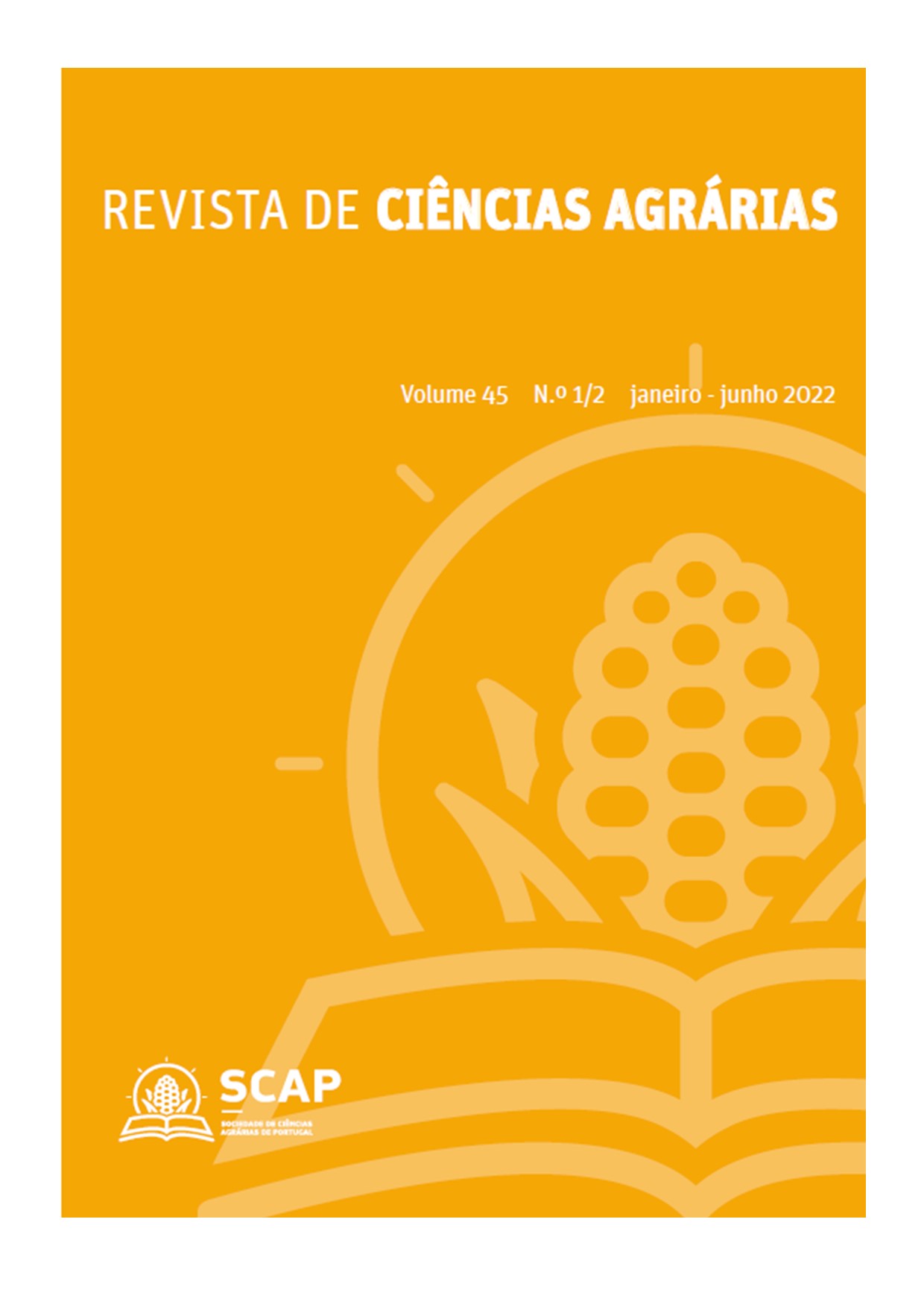Influence of subirrigation on flower production and root growth of Tropaeolum majus L.
DOI:
https://doi.org/10.19084/rca.19719Abstract
Although subirrigation irrigation is a well indicated technique for the production of ornamental flowers, due to its high efficiency in the use of water and fertilizers, and to the absence of surface runoff and leaching, there are few studies on its management. Within this context, the objective of this study was to evaluate the capillarity (subirrigation irrigation) technique on root growth and yield of capuchin flowers. The experiment was two-level factorial (4x4) in the completely randomized design. The first factor was water blade height (13, 12, 10, and 8 cm) and the second factor was time of subirrigation (T1: increase of 2 minutes of vessel capacity time - CV; T2: time to reach CV; T3: reduction of 2 minutes of CV and T4 time: reduction of 4 minutes of CV time). Flower yield was calculated weekly from 56 days after transplant (DAT). The experiment was closed at 180 DAT, for the destruction of plants and thus analysis of root growth. The average daily water consumption was 0.77 mm.day-1. The highest flower yield and root growth occurred at leaf height of 13 cm and subirrigation time of 3 minutes. Irrigation is a viable technique in capuchin cultivation, where flower yield and root growth can be regulated through water levels and irrigation times.


